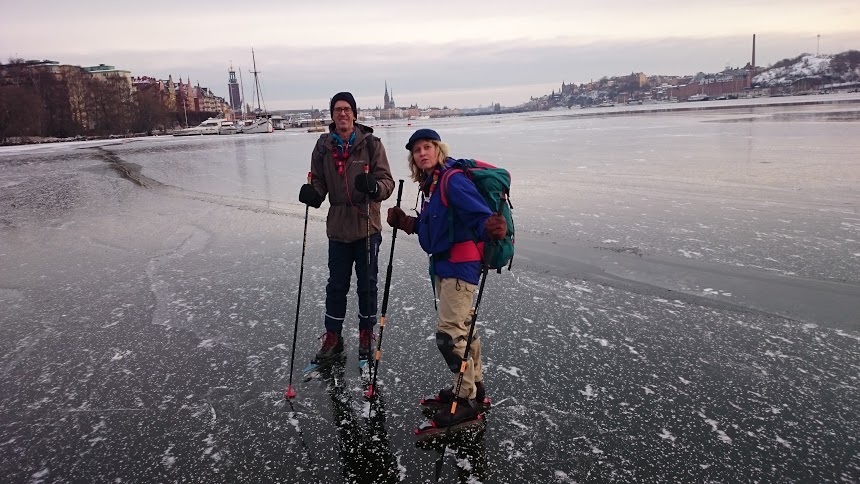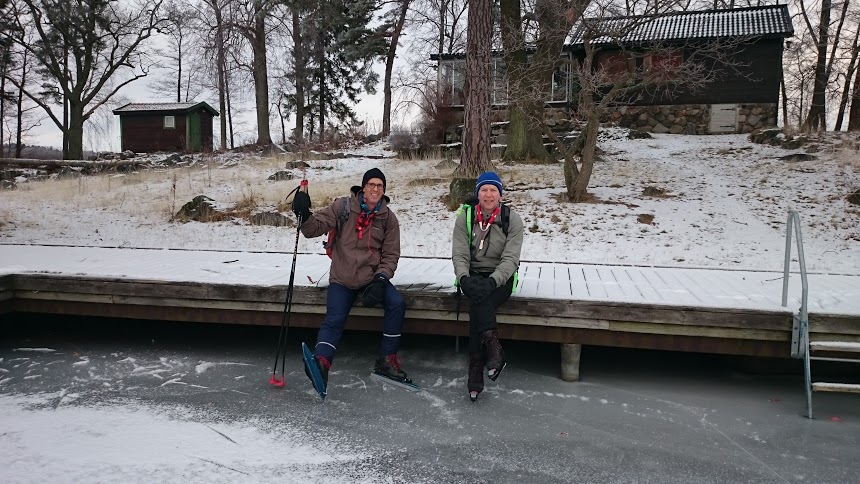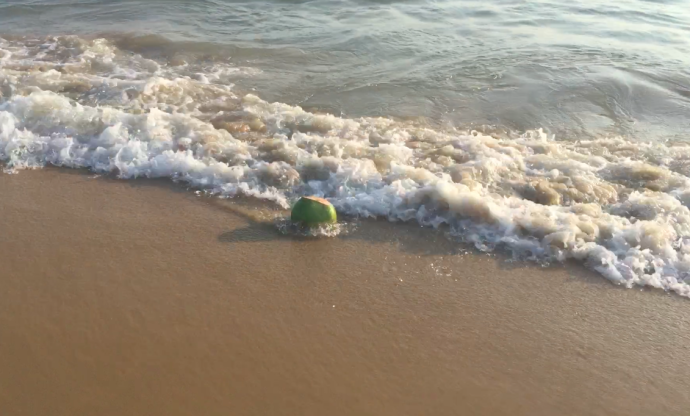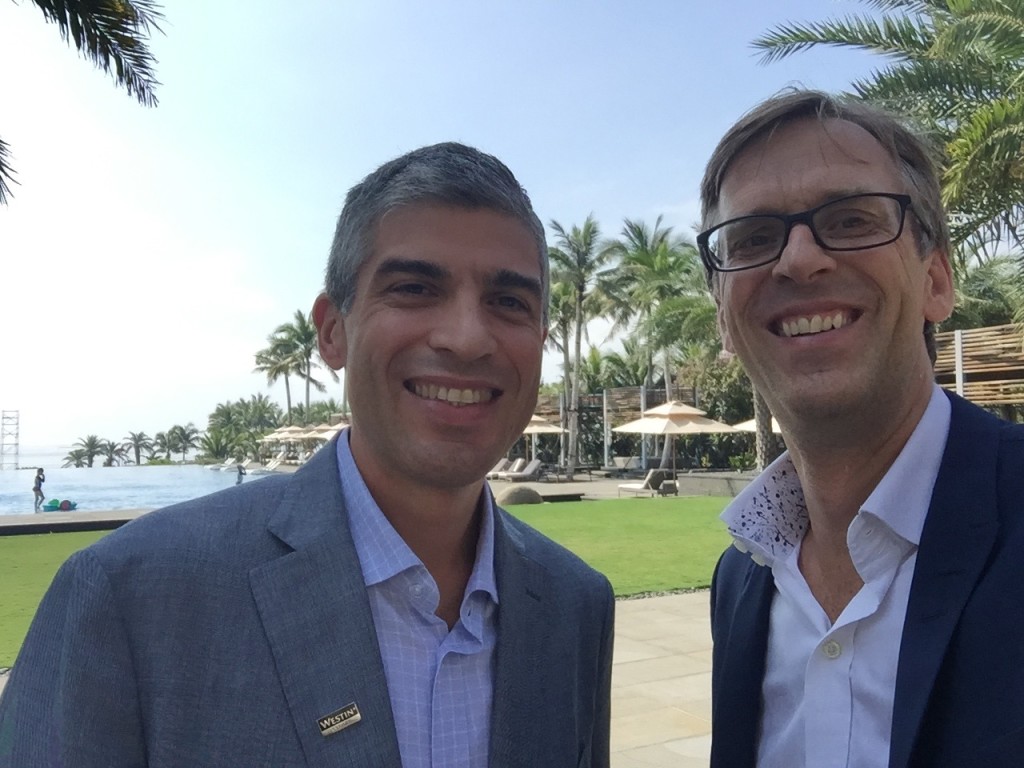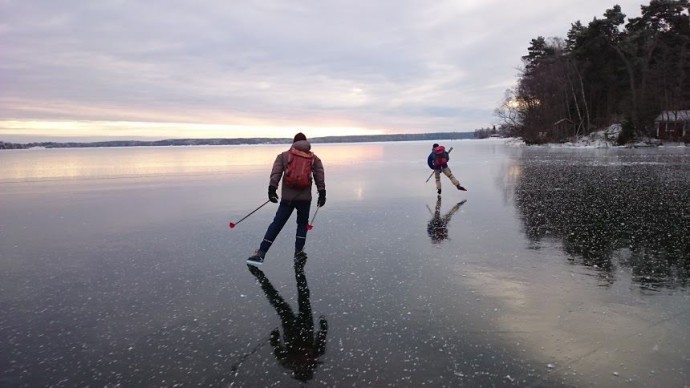
The island of Kungsholmen (and a few hundred other islands in the Stockholm Archipelago), Sweden.
Island number 2 (out of 100). Country number 2 (out of 25). Month 1 (out of 100)
The famous poem by John Donne begins:
“No man is an island,
Entire of itself,
Every man is a piece of the continent.”
I have a slightly different way of looking at it, probably influenced by the fact that I spend a big part of my life living on or visiting islands.
I do think that islands are separated from each other.
I think the same is true for people.
And I think that is a good thing.
I think the beauty of islands is that they, in a way, are easily identified individual identities. And I think people who learn to distance themselves a little bit from the mass of others have a better chance of developing a clear idea of who they really are in a way that is built on integrity and own thought.
But I do not believe that means that islands (or men) are disconnected.
We might have to look under the surface, we might have to look deeper – but it is a fact that all islands are connected to each other – it’s just done in a way that is not so obvious.
An island is nothing but the tip of a mountain submerged in water. And all mountains are part of one landmass called Earth.
Just like all people are nothing but individuals contained in our own bodies and brains, but we are all part of humanity.
And nowhere does this insight get clearer than when you go skating in the archipelago of Stockholm during winter.
Which is exactly what I did today.
For hours we raced between literally hundreds of islands. Our skates cut into the black, thick and beautiful ice to propel us forward at remarkable speed.
Long distance ice-skating in the Stockholm Archipelago is a unique – and amazing – way to experience the blend of nature and city that is the Swedish capital.
(PS. We even skated by one of my own islands (Vifärnaholme, see www.ideasisland.com) where we stopped for a quick coffee break. And here is an interesting observation: If you own an islands in Sweden you have to be much more prepared to have uninvited guests on your island in the WINTER than in the SUMMER – because in the summer the water creates a small barrier between the “water” and the “land” that makes people think twice before stepping on your island. But in the winter that border is gone. Ice and Land become one and it is nothing stopping you from stepping on to the land.
Fredrik Haren, aka “The Island Man”, plans to visit 100 islands, in at least 25 countries, on at least 6 continents – in less than 100 months. The purpose of this “World Tour of Islands” is to get a better understanding of the world, a deeper understanding of the people who live here and a broader understanding of life.
Kungsholmen was islands number 2, country number 2 and months number 1.
